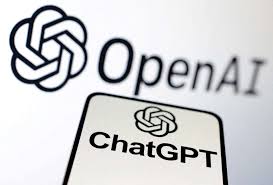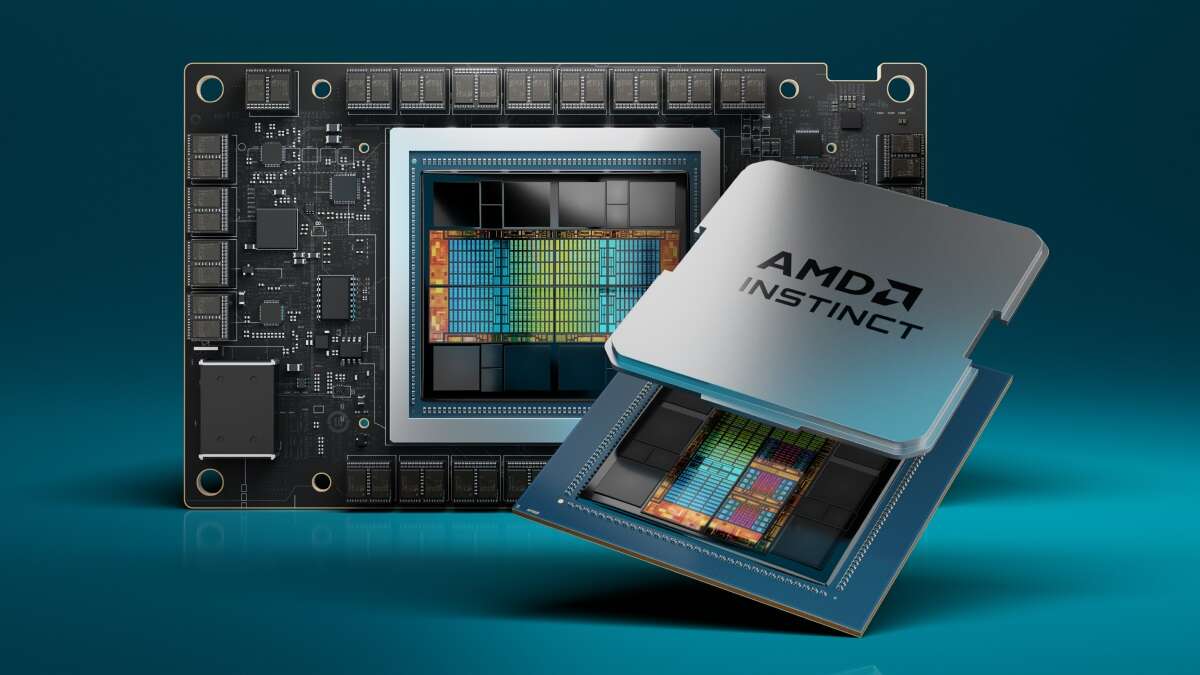
In a significant move within the tech industry, OpenAI, known for pioneering advancements in artificial intelligence with systems like ChatGPT, is collaborating with Broadcom and Taiwan Semiconductor Manufacturing Company (TSMC) to develop its first custom AI chip. This strategic decision reflects OpenAI’s response to skyrocketing infrastructure needs and rising chip costs, a challenge familiar to giants like Amazon, Meta, Google, and Microsoft.

Why OpenAI is Venturing into Custom Chip Design
OpenAI’s recent growth has intensified its computing demands, particularly given the sheer processing power required to run and train its AI systems. Up until now, OpenAI has been heavily reliant on Nvidia’s graphics processing units (GPUs) for both model training and AI inference tasks, the latter of which involves using the trained AI to interpret and act on new data. However, Nvidia’s market dominance—currently holding over 80% of the GPU market share—combined with supply shortages and increasing prices has left OpenAI and similar companies seeking alternative solutions. OpenAI’s partnership with Broadcom and TSMC is a calculated response to these challenges, representing a diversification in chip supply while exploring in-house development.

The Shift Away from Foundries: OpenAI’s Balanced Approach
Although OpenAI initially considered establishing a foundry—a manufacturing network that would handle all production internally—this plan was temporarily set aside. According to sources, the foundry model was dismissed due to high costs and extended timelines. Instead, OpenAI has focused on custom chip design without taking on full-scale manufacturing responsibilities. By working with industry leaders like Broadcom, known for its expertise in chip design, and securing production capacity with TSMC, OpenAI is leveraging existing infrastructure while retaining the flexibility to scale as needed. This approach not only alleviates potential capital strain but also positions OpenAI to adapt quickly in a rapidly changing tech environment.
How Broadcom and TSMC Fit into OpenAI’s Vision
Through its partnership with Broadcom, OpenAI is receiving support in the fine-tuning of chip designs suited specifically for AI operations. Broadcom’s proficiency in optimizing data flow on and off chips is crucial, especially for AI systems that rely on thousands of interconnected chips. By enhancing these information exchanges, OpenAI aims to increase processing efficiency, a critical factor given its anticipated reliance on inference chips. While training chips are essential for developing AI models, industry experts suggest that demand for inference chips may soon surpass training chips as AI applications expand and embed further into consumer and enterprise applications.
TSMC, on the other hand, offers OpenAI access to advanced manufacturing processes and infrastructure. The planned production of OpenAI’s custom AI chip is expected to commence by 2026, although this timeline may adjust as the project progresses. By tapping into TSMC’s extensive manufacturing expertise, OpenAI benefits from a reliable production partner without having to shoulder the immense cost of building and maintaining a chip factory.
The Strategic Use of AMD Chips and Nvidia Partnerships
In addition to developing its custom chips, OpenAI will incorporate AMD’s new MI300X chips into its infrastructure. This move, made possible through Microsoft’s Azure platform, is part of OpenAI’s strategy to ease dependency on Nvidia while maintaining a healthy relationship with the leading GPU manufacturer. Although there are challenges associated with balancing partnerships with multiple chip suppliers, OpenAI is cautious about retaining its connection with Nvidia, especially since it values access to Nvidia’s latest Blackwell chips.

AMD’s MI300X chips signify a key development for the company, as it aims to capture a larger share of the AI chip market. With an expected $4.5 billion in AI chip sales projected by AMD for 2024, this partnership with OpenAI could position AMD as a formidable alternative in a landscape currently dominated by Nvidia. By diversifying its chip sources to include AMD, OpenAI gains resilience against potential supply disruptions while lowering costs and ensuring greater flexibility in hardware choices.
Financial Implications of OpenAI’s Chip Strategy
As OpenAI continues to push the boundaries of AI development, it faces considerable financial pressures. According to internal sources, OpenAI expects a $5 billion loss this year on projected revenues of $3.7 billion. The vast majority of these expenses stem from “compute costs”—the cumulative costs of hardware, cloud services, and power required for processing large data sets and training complex AI models. Through a custom chip design initiative and partnerships with Broadcom, TSMC, and AMD, OpenAI aims to mitigate these expenses by optimizing operational efficiency and reducing its dependence on any single supplier.
The tech industry is closely watching OpenAI’s custom chip initiative, as this decision could have implications across the sector. If successful, OpenAI’s foray into chip development may inspire other companies to consider similar strategies. This shift could also disrupt Nvidia’s current market dominance, especially if AMD’s MI300X chips and OpenAI’s in-house designs prove effective at managing AI workloads.
Conclusion: OpenAI’s Calculated Path Forward
OpenAI’s journey from a pure AI software developer to a major player in hardware design marks a pivotal moment for the company and the broader tech ecosystem. By balancing partnerships with Broadcom, TSMC, and AMD, OpenAI is not only addressing its immediate infrastructure needs but also paving the way for greater autonomy in chip supply. This nuanced approach allows OpenAI to innovate rapidly, meet surging demands, and potentially reshape the landscape of AI infrastructure. As the company continues to grow, its hardware decisions may set a precedent for future tech enterprises seeking to balance cost, efficiency, and independence in an increasingly complex digital world.
